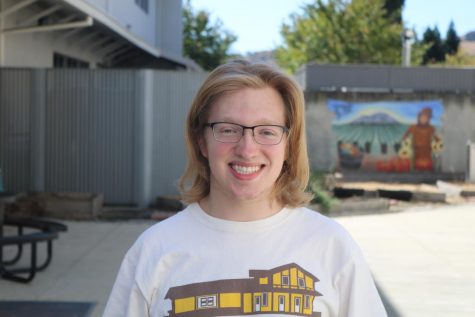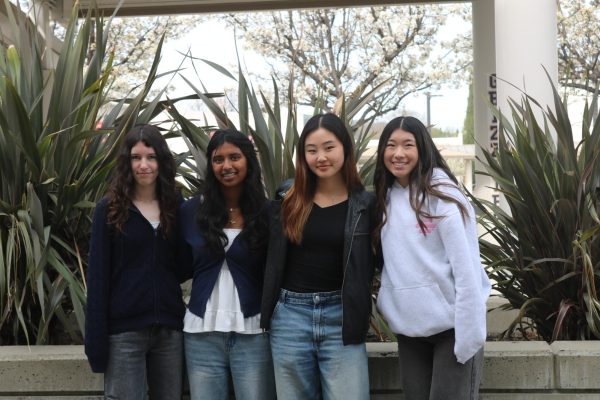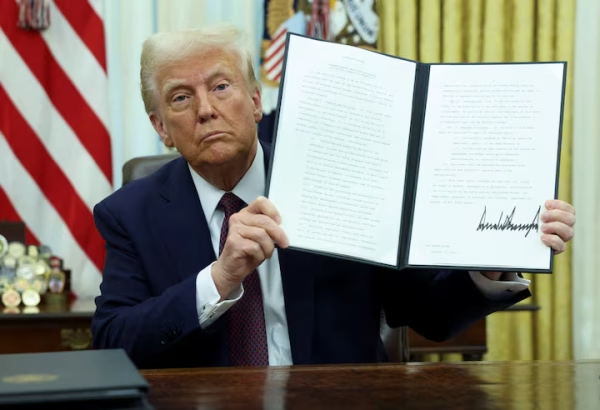Fire Protection District, Police Department Pilot Reforms to Mental Health Response
courtesy of the city of San Ramon
The city of San Ramon gave a presentation that included 911-operating triage on how to handle mental health related calls that may come in.
A pilot plan that would reduce engagement from law enforcement during non-violent mental health crisis calls was introduced to the San Ramon City Council at Tuesday’s meeting.
No action was taken on the proposal at the meeting because the proposal is a partnership between San Ramon Valley Fire Protection District and San Ramon Police Department and doesn’t need approval from the city.
“We want to try to reduce law enforcement’s interaction with the public during those times,” SRVFPD Fire Chief Paige Meyer said.
The proposal, titled “Public Safety for Mental Health 2021: An Immediate Medical Response to a Nonviolent Mental Health Emergency”, provides a step-by-step process for how mental health calls in the city of San Ramon would be handled.
First, law enforcement, fire protection, and Emergency Medical Services paramedics, who are employed by the fire department, would be deployed to the site. During the initial 911 call, the phone operator would triage whether the situation is non-violent or violent. Calls would continue to be forwarded to the SRVFPD communications center.
After police, fire, and EMS have arrived on scene, fire and EMS would lead the response if the situation was deemed to be non-violent, while law enforcement would take over if the situation was violent. Law enforcement would remain present at non-violent situations, but would be staged.
This would mark a shift from the current response to mental health crises where law enforcement is the primary responder regardless of whether the situation is violent or not.
“Any time there’s a mental health call, we don’t go in first – law enforcement goes in first,” Meyer said. “And then we do what we call a stage. That might be two blocks away from the call, as the call gets cleared for safety.”
Meyer commented on his belief that ending the practice of a law enforcement-first response during non-violent mental health calls would free up resources and time for the police department.
“[Law enforcement] need to be available for crime, they need to be available for possible violence,” Meyer said. “So, the sooner we get in there and make a difference and these goals get accomplished, we feel like both law enforcement and our staff will be less burdened with some of these calls.”
In addition to reducing the participation of police in answering mental health calls, the proposal would also update the technology used in such responses. Ambulances would be equipped with video conferencing technology to allow medical and fire personnel to triage remotely.
One of the reasons for the pilot Meyer spoke about was adequately responding to an increase in mental health calls that the fire department had to answer. The presentation stated that there was an annual 20 percent increase “over the past several years”, and Meyer spoke about the need for a quicker response time to these crises. EMS responds to a mental health crisis or behavior call in San Ramon every 21 hours.
Meyer said that the new pilot would provide a seven-minute response to mental health calls that are dispatched to the fire department, a reason he provided for the proposal. He contrasted this with the 30-minute response time goal that the county has for mental health call responses.
The slideshow with the full proposal as well as the discussion about it can be found on the City of San Ramon YouTube page.

Senior Nicholas Harvey is the Editor-in-Chief for The Californian. Writing for the paper since freshman year, Nicholas is especially interested in the...










